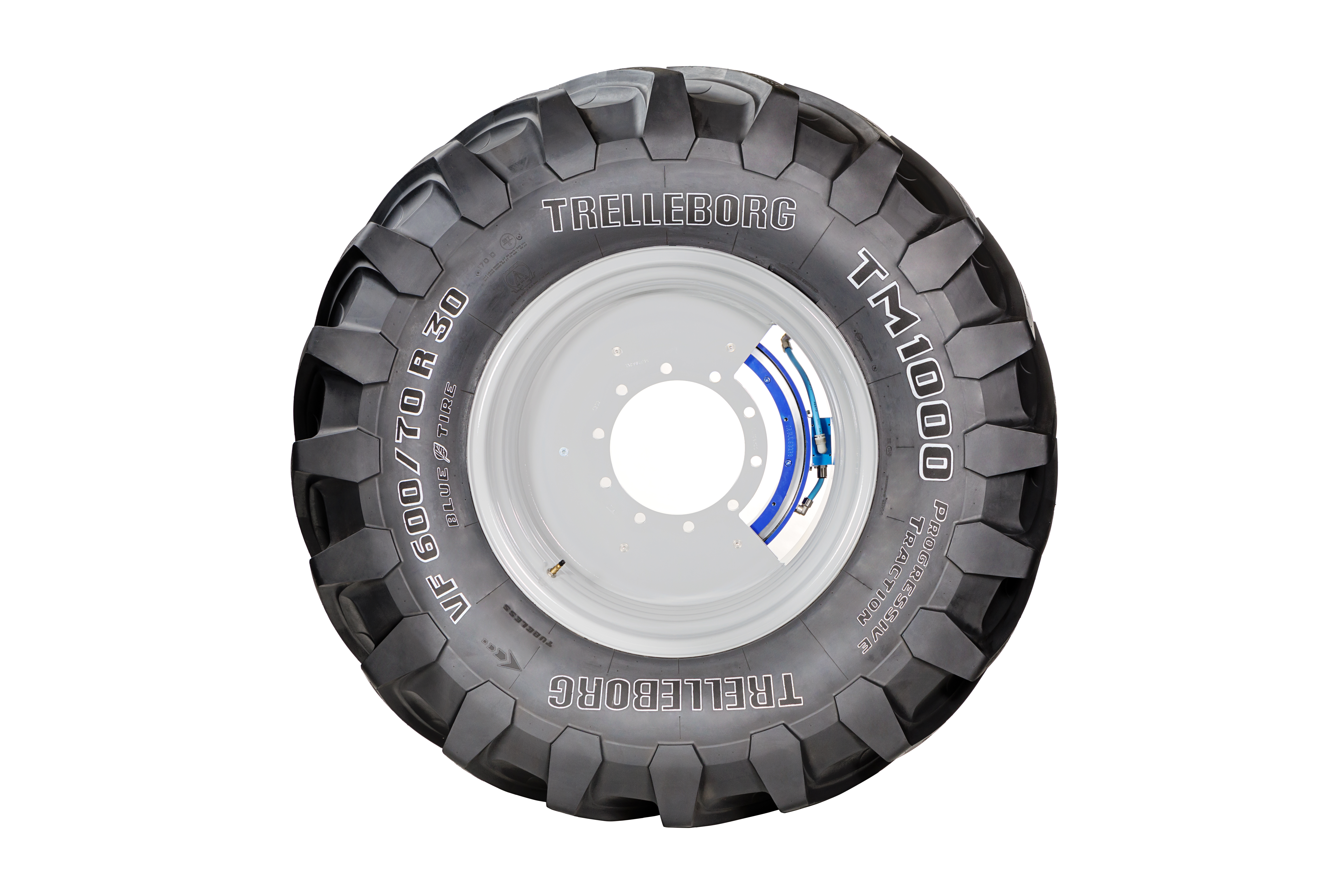Advertise Follow Us
Items Tagged with 'CTIS'
ARTICLES
Equipment
Very high flexion tires & central tire inflation systems reduce compaction & increase yields significantly, expert says
Read More
How to Combat Compaction in a Soggy Season
Soil compaction happens to everyone and wet weather makes it worse. Here’s what you need to do to get ahead of compaction problems — or correct it once you’ve got it.
Read More
Taking The Pressure Off No-Till Fields
Growing use of super-sized farm equipment is fueling compaction concerns, but new technology and some common-sense tips about tire pressure can help protect yields and profits.
Read More










